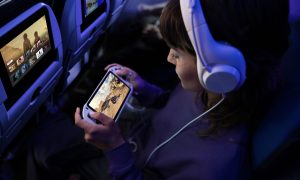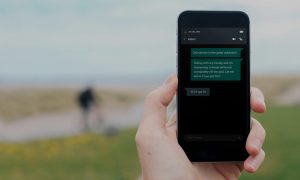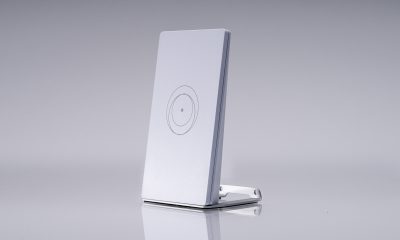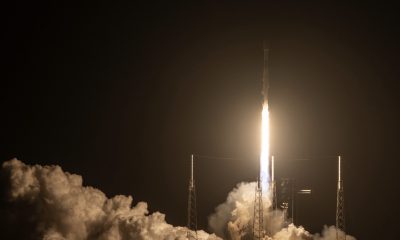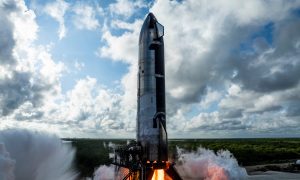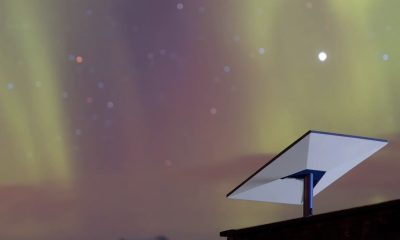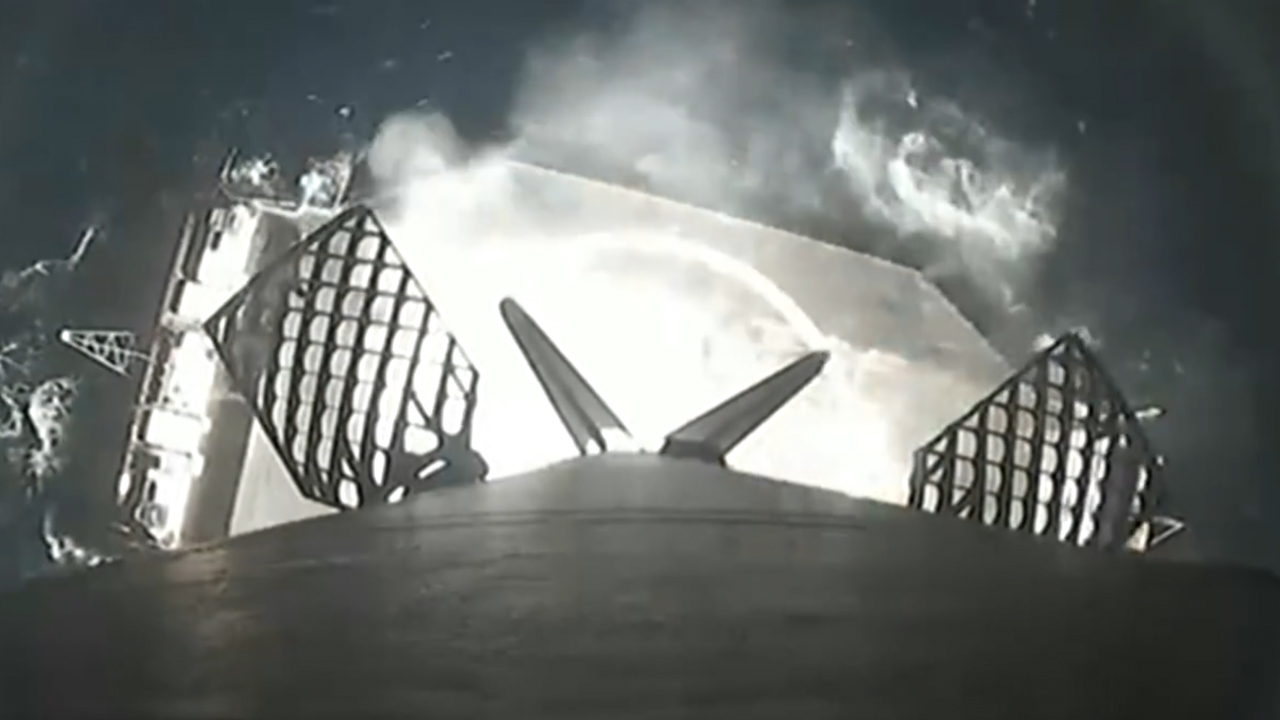

News
SpaceX launches 47 Starlink satellites, provides unique views on Twitter
47 more Starlink satellites are now in orbit after a successful launch atop a Falcon 9 from Vandenberg Space Force Base in California.
The 47 Version 1.5 satellites launched at 12:19 a.m. PT (07:19 UTC) on a 43-degree orbital inclination. Following stage separation, the Falcon 9, Booster 1075, landed on the droneship ‘Of Course I Still Love You.’
Liftoff! pic.twitter.com/z3Gdy7aiqp
— SpaceX (@SpaceX) June 22, 2023
This time, a bit of a different launch for SpaceX as the second stage performed a dog-leg maneuver and flew over the Baja Peninsula of Mexico, making it the lowest orbital inclination launch from the West Coast of the United States.
This is not the first time SpaceX has had the second stage fly over land as they have flown over Cuba during roughly the same stage of flight after launching from Florida on a polar orbit launch.
During this part of the flight, the second stage is high enough in altitude and moving fast enough, to where, if there would be an anomaly, a vast majority of the vehicle would burn up in the atmosphere and not pose any risk to anyone on the ground.
With this launch, SpaceX has now launched 4,642 Starlink satellites, and of those, 3,688 are in their operational orbits, according to Jonathan McDowell’s Starlink tracker.
Completing this launch was Booster 1075 on its 4th flight, previously launching two Starlink missions and the Transport & Tracking Layer flight 1. This launch marked the 40th Falcon 9 mission of the year and the 42nd orbital launch for SpaceX. Overall that is now 206 consecutive successful Falcon 9 missions.
A new way to view the launch was announced by SpaceX shortly before launch where you could switch between camera views on Twitter. It offered a unique way to follow the mission as it progressed.
This feature gave you the option to switch between the main webcast, a view from droneship, a view from B1075 looking down towards the base of the rocket, and a view from the second stage. There were also additional views of the launch pad itself, but it appears the replays of those views have been removed. Hopefully, we can see more of this for launches going forward.
Check out additional views of the @Starlink launch via @Twitter live → https://t.co/6PzgJ2efUL
— SpaceX (@SpaceX) June 22, 2023
Next up for SpaceX is another batch of Starlink satellites, this time from Space Launch Complex-40 at Cape Canaveral Space Force Station, no earlier than Friday morning, pending confirmation from SpaceX.
Questions or comments? Shoot me an email at rangle@teslarati.com, or Tweet me @RDAnglePhoto.
News
Tesla confronts Service complaints with new AI-backed strategy
Tesla will use a new AI Agent to help expedite Service claims and improve communication with customers.
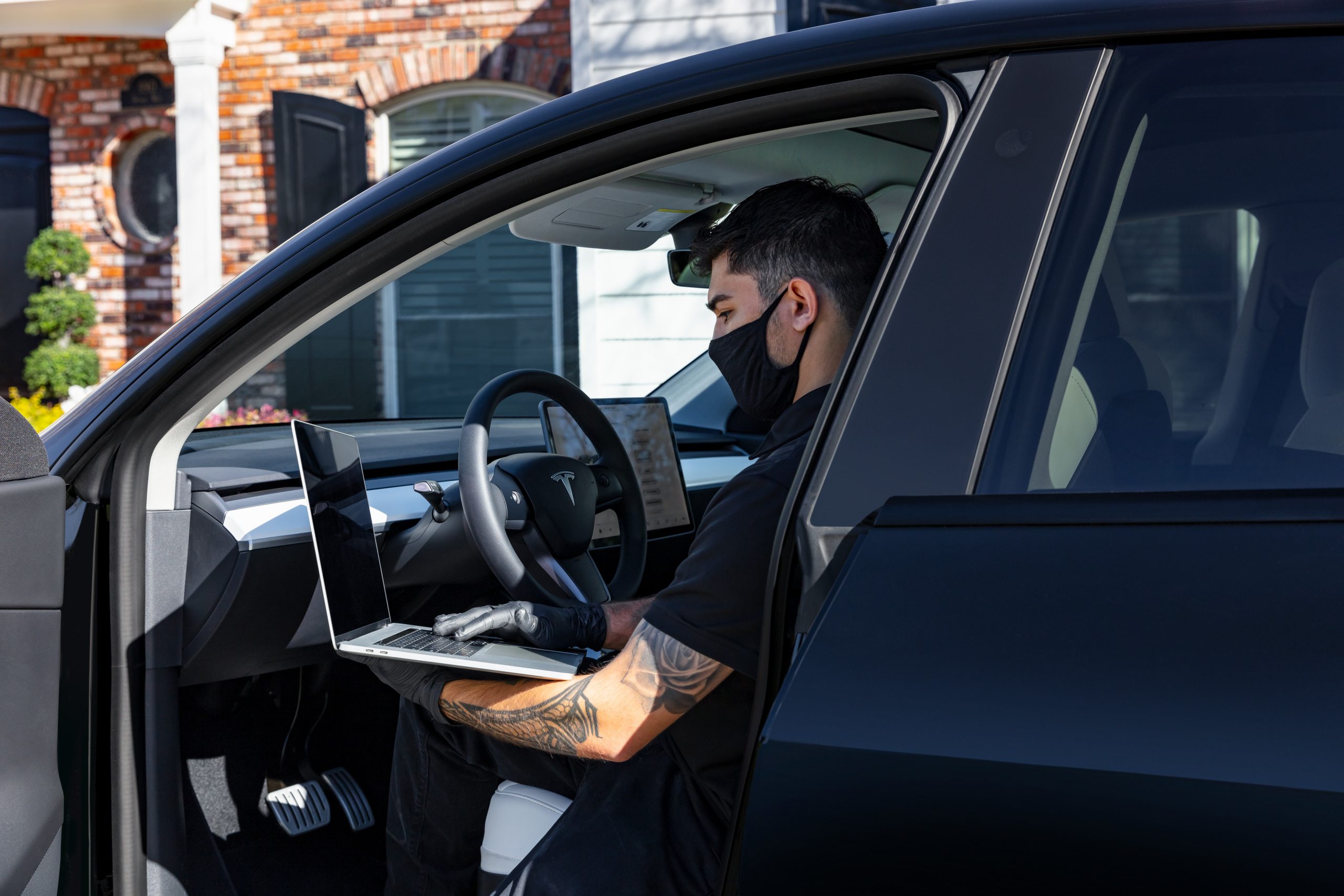
Tesla is implementing a new AI-based strategy to improve service for owners. Service has routinely been among the biggest complaints of owners, although it has improved drastically over the past few years.
Some of the complaints that Tesla has received regarding its Service platform have evidently been used to develop new strategies to not only streamline the entire experience but also to make things easier for the company, which deals with many claims each week.
As a result of complaints in the past, Tesla has used various strategies to make things better for customers. However, the latest improvement comes as a result of AI, something Tesla leans on in many facets of its business.
Tesla adds ingenious solution to app to streamline Service appointments
Tesla’s AI and IT Infrastructure, Cybersecurity, and Vehicle Service head Raj Jegannathan said on X this week that the company is rolling out a new AI Agent specifically designed to handle service comms with customers.
He said the new Service AI Agent will detect delays in communications between the company and the customers, monitor the sentiment of these conversations, and auto-escalate certain claims directly to leaders.
It will also allow customers to type the word ‘Escalate’ in the message center portion of the phone app after two weeks of delays. This will help customers reach higher-ups more easily and likely will eliminate the complaints that many have had over the past few years.
The company is rolling out the AI Agent in ten pilot locations to start. Its first day being active was May 8.
Jegannathan said:
“Tesla Service’s new AI Agent detects comms delays, monitors sentiment, & auto-escalates to leaders. Starts tomorrow at 10 pilot locations. In 2 weeks, type “Escalate” in ‘message center’ to reach managers. Guardrails in place to prevent abuse. We’ll keep improving!”
Tesla Service’s new AI Agent detects comms delays, monitors sentiment, & auto-escalates to leaders. Starts tomorrow at 10 pilot locations. In 2 weeks, type “Escalate” in ‘message center’ to reach managers. Guardrails in place to prevent abuse. We’ll keep improving!
— Raj Jegannathan (@r_jegaa) May 8, 2025
Service has had a lot of interesting strategies used to improve things, but it has definitely been a weak point of the Tesla ownership experience. In a perfect world, vehicles wouldn’t need repair for anything, but that is not realistic.
Instead, Tesla has worked to expedite the entire Service experience through various strategies, including F1-style service, and a goal to fix two-thirds of repair claims within the same day.
Parts availability sometimes takes this goal out of reasonableness, but these constant attempts at improving the repair experience show Tesla is doing what it can to make things better for owners.
News
Mazda adopts Tesla’s North American Charging Standard (NACS) in Japan
Mazda’s decision to adopt Tesla’s standard is intended to provide more convenience to customers.
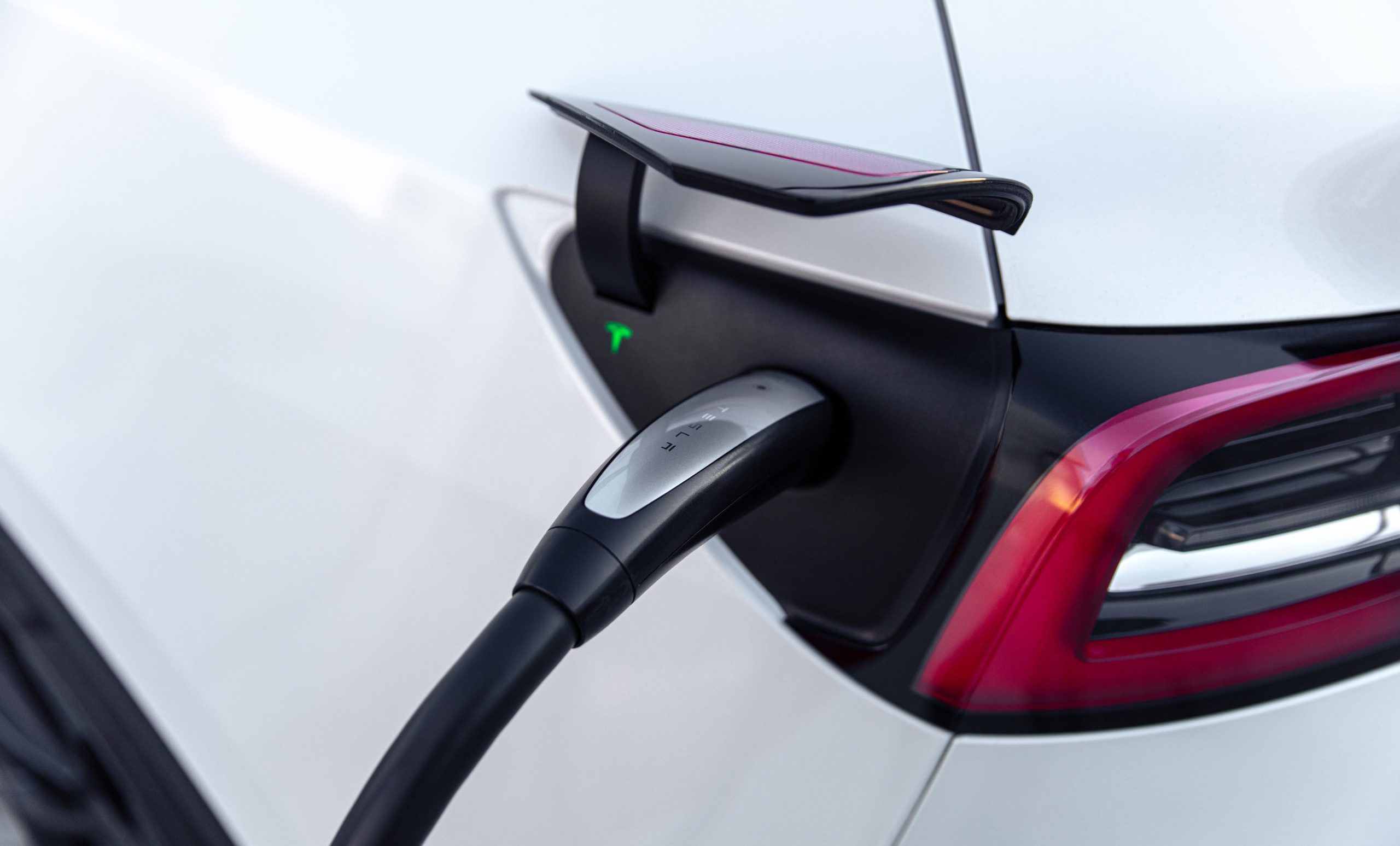
Japanese automaker Mazda Motor Corporation has announced that it has reached an agreement with American electric car maker Tesla to adopt the North American Charging Standard (NACS) for its EVs.
The update was shared by Mazda in a press release.
Mazda’s NACS Commitment
As per Mazda in its press release, NACS will be adopted for battery electric vehicles that will be launched in Japan from 2027 onward. This is quite interesting as Tesla’s NACS system will be used by Mazda within Japan. As per the automaker, its decision to adopt Tesla’s standard is intended to provide more convenience to customers.
“Mazda adopted NACS to provide customers with greater convenience by a broader range of charging options. This will provide Mazda BEV customers with access to Tesla Superchargers across Japan. Mazda BEVs will be compatible with other charging standards besides NACS with the use of adapters,” Mazda wrote in its press release.
Not the Only Japanese NACS Adopter
Interestingly enough, Mazda is not the first Japanese automaker to adopt NACS to take advantage of Tesla’s Supercharger Network in Japan. In September last year, Sony Honda Mobility announced that it was adopting NACS for its AFEELA electric vehicles. While AFEELA’s EVs are expected to be initially available in the United States in 2025, the vehicles will also be coming to Japan later on.
Mazda’s adoption of Tesla’s charging standard was praised by Tesla Director of Charging Max de Zegher, who noted that it is only a matter of time before NACS becomes the standard in Japan and other countries. NACS has so far been adopted widely by electric car makers in the United States.
“NACS becoming the standard in Japan (and South Korea) seems like only a matter of time now. It’s also great to see other fast-charging networks starting to install NACS in Japan. Tesla Charging is accelerating the transition to NACS, for the industry to get clarity faster. Vehicle manufacturers also don’t want to build market-specific variants— like CHAdeMO just for Japan or CCS1 just for South Korea,” the Tesla executive wrote in a post on X.
Elon Musk
Tesla proves once more that its factories are its best product
Tesla’s factories are the company’s biggest products–literally.
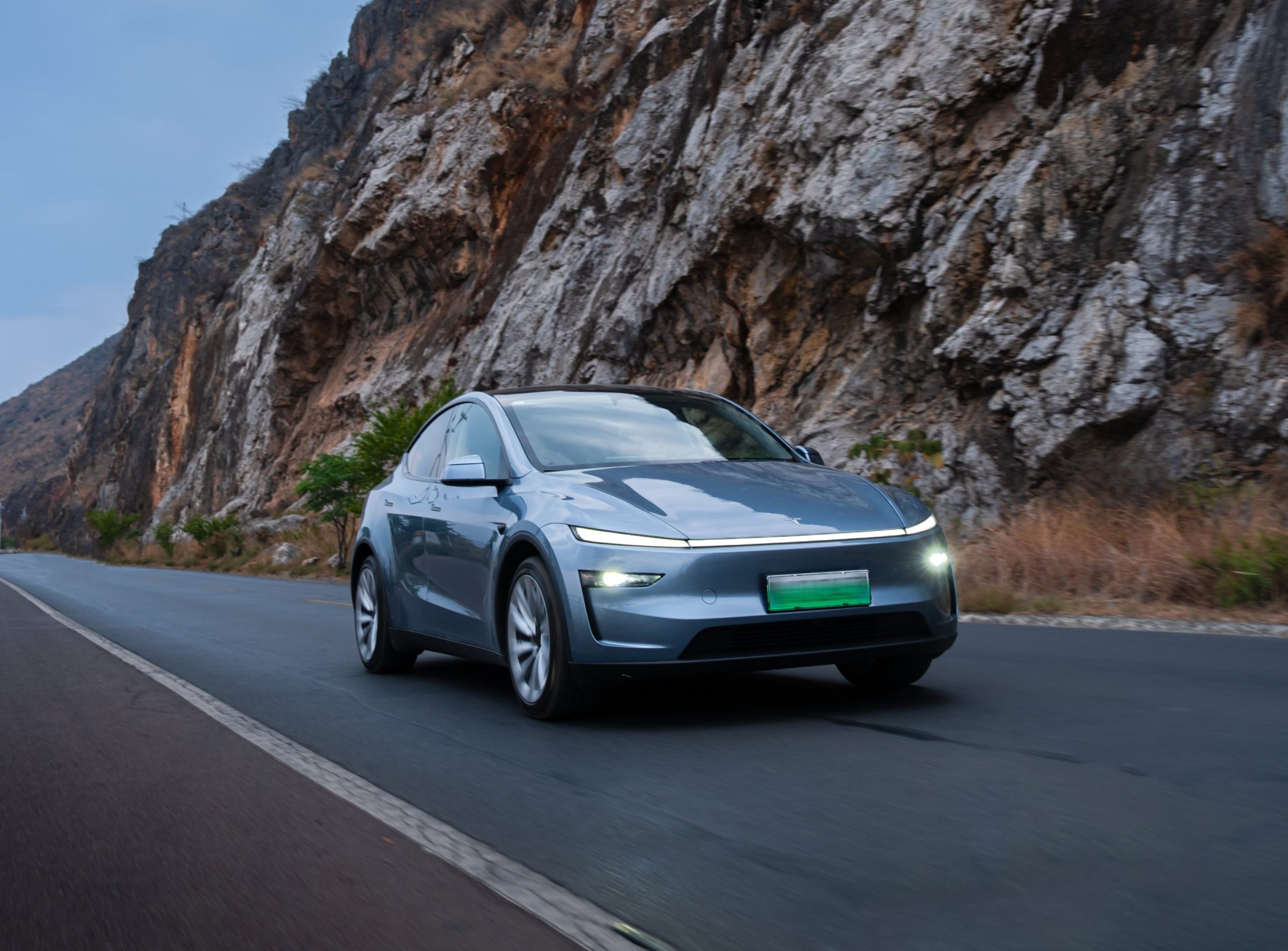
Tesla’s factories are not just the company’s biggest assets. They are also its best product. This is, at least, as per Tesla China’s recent post on social media platform Weibo.
Tesla China’s Weibo post was shared to celebrate Giga Shanghai’s changeover to the new Model Y, which is currently being delivered to consumers globally.
Tesla’s Best Product
In its post, Tesla China noted that Gigafactory Shanghai was able to complete its new Model Y production ramp up in just six weeks. This is a new record for Tesla, and it speaks to the company’s intense focus on efficiency. Tesla also highlighted the Cybercab’s production line in its Weibo post, stating that the upcoming vehicle will see “ultra-high levels of automation” when it gets produced.
“The factory is Tesla’s best product—Tesla Shanghai Super Factory completed the new Model Y production capacity ramp-up within 6 weeks, setting a record for the company’s fastest model production speed. In the future, the North American factory is expected to roll out a Tesla self-driving electric Cybercab every 5 seconds to subvert the vehicle production and manufacturing model. Adhering to the first principle of car manufacturing is Tesla’s core advantage that is difficult to copy,” Tesla China wrote in its post.
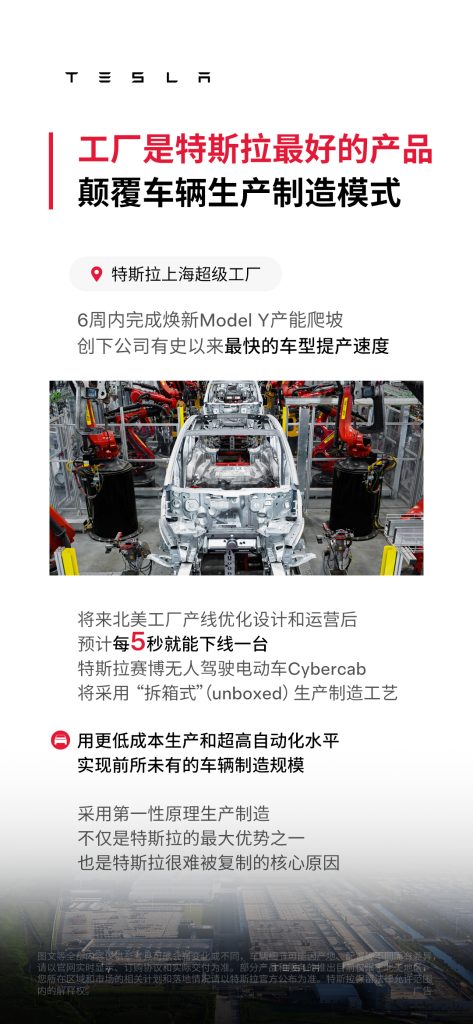
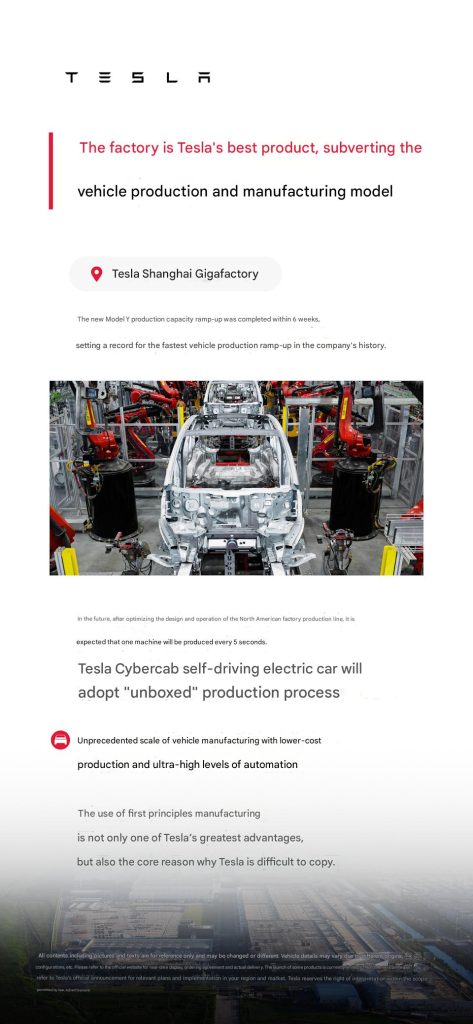
Tesla’s Factories
Tesla’s factories are among the best in the world. Tesla only operates four vehicle factories for its entire vehicle lineup today, which is quite impressive for a company that has so far sold up to 1.8 million vehicles per year. Tesla is expected to improve its factories’ output with its future vehicles as well, with Elon Musk stating during the company’s Q1 2025 All-Hands Meeting that the Cybercab’s factory will look more like a high-speed consumer electronics line than a car production line. These innovations, Musk noted, should allow Tesla to ramp the Cybercab’s production to 2 million units per year.
Musk highlighted the importance of Tesla’s factories in the first quarter earnings call as well. While discussing the Cybercab’s line, Musk noted that with Tesla, the factory is as much a product as its cars. “The factory is the product as much as the car is the product. So, this really is the first principles approach to manufacturing that will ultimately allow us, I think, to… achieve a cycle time, meaning a unit every five seconds or less, off a single line,” Musk stated.
-
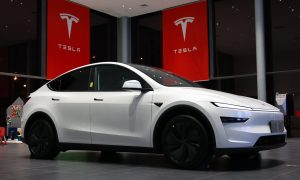
 News6 days ago
News6 days agoTesla offers legacy Model Y owners an interesting promotion
-

 News2 weeks ago
News2 weeks agoTesla is trying to make a statement with its Q2 delivery numbers
-
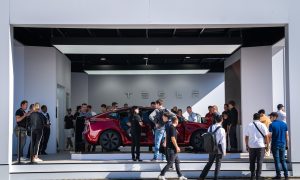
 News2 weeks ago
News2 weeks agoNY Democrats are taking aim at Tesla direct sales licenses in New York
-
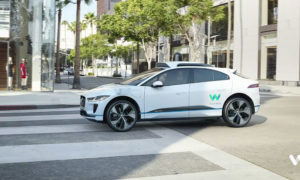
 News2 weeks ago
News2 weeks agoWaymo considers selling robotaxis to individual owners
-
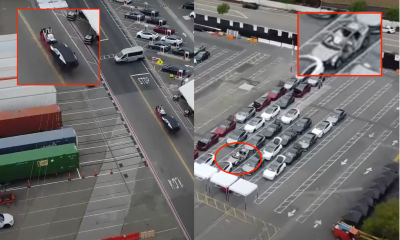
 Lifestyle2 weeks ago
Lifestyle2 weeks agoPossible first glimpse of Tesla “Model 2” affordable car in Fremont Factory
-
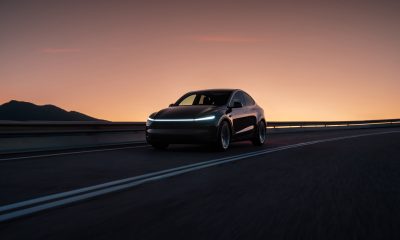
 News2 weeks ago
News2 weeks agoTesla robotaxi test details shared in recent report: 300 operators, safety tests, and more
-
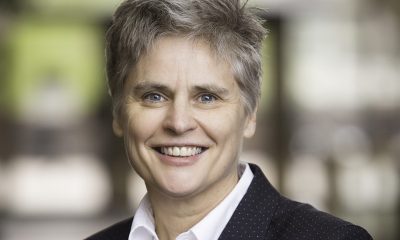
 News2 weeks ago
News2 weeks agoAtty who refused to charge six-time Tesla vandal sparks controversy
-
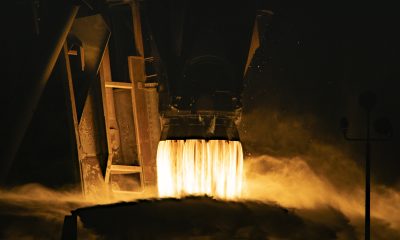
 News2 weeks ago
News2 weeks agoSpaceX investment fuels Alphabet’s $8 billion profit surge


